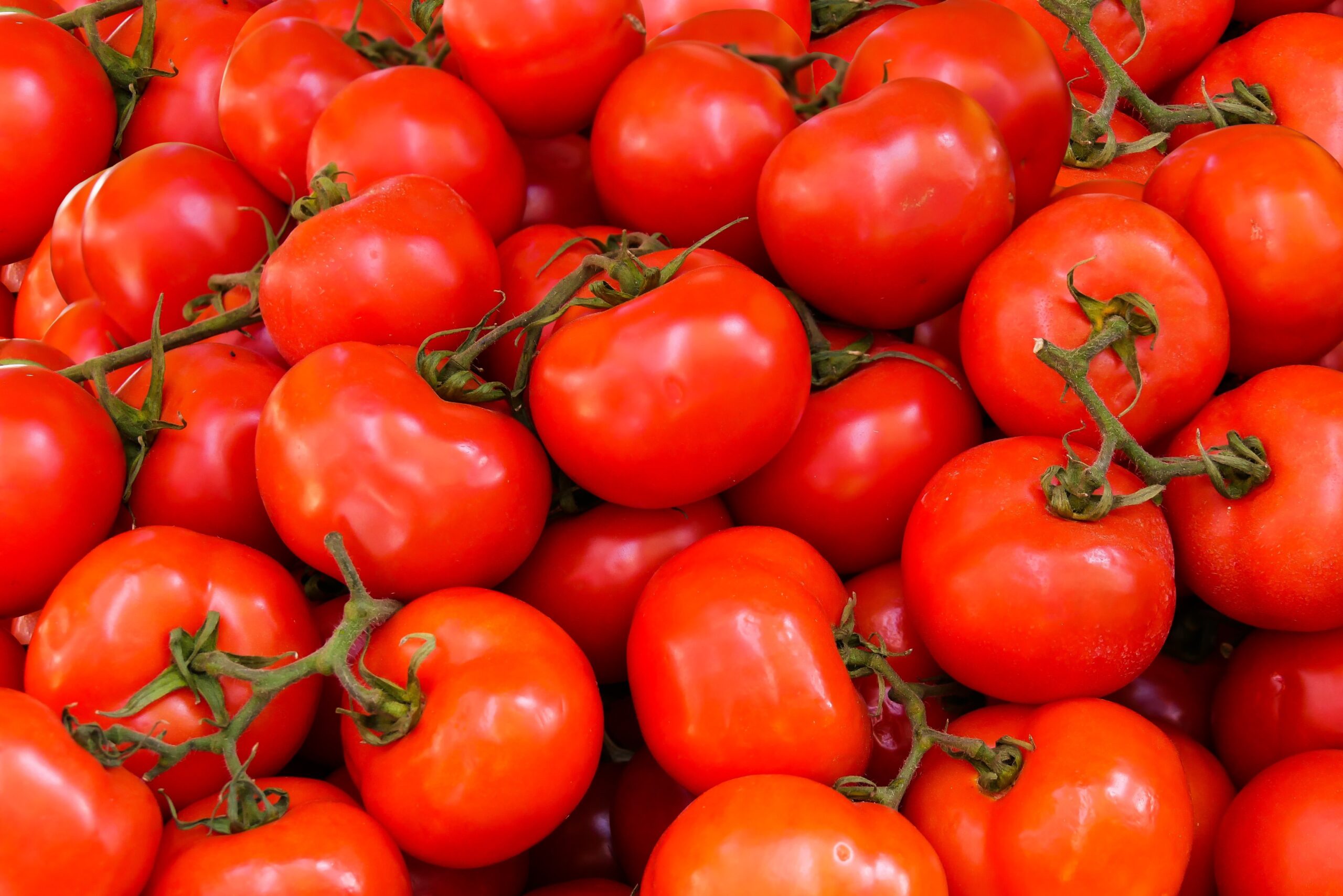In a worrying development for consumers and traders alike, the prices of tomatoes are anticipated to skyrocket in the coming days, with wholesale traders projecting a possible surge up to Rs 300 per kilogram. The surge in prices is expected to put immense pressure on household budgets and is raising concerns about food inflation in the country.
Wholesale traders in major vegetable markets across India have raised an alarm over the steep increase in tomato prices, attributing the price surge to multiple factors. According to experts, a combination of supply chain disruptions, adverse weather conditions, and increased demand are contributing to the unprecedented rise in tomato prices.
Explaining the situation, a spokesperson for the Wholesale Traders Association stated, “The current tomato prices are already touching Rs 150 per kg, and if the prevailing trends continue, it is not unlikely to see prices soar to Rs 300 per kg in the near future. This could lead to a significant impact on the overall inflation rate and the common man’s budget.”
The disruption in the supply chain has been primarily caused by heavy rains and flooding in major tomato-producing states, including Maharashtra, Karnataka, and Madhya Pradesh. The inclement weather has adversely affected the yield and quality of tomatoes, leading to a shortage in the market.
Additionally, the increased demand for tomatoes during the festive season and the opening up of various sectors of the economy post the COVID-19 restrictions have also contributed to the demand-supply mismatch.
The rising tomato prices are causing distress among consumers and raising concerns among policymakers. Tomatoes are an essential ingredient in Indian cuisine, and their increasing prices have a cascading effect on food prices overall, impacting household budgets across the nation.
To mitigate the situation, the government is closely monitoring the market dynamics and exploring options to stabilize tomato prices. Measures such as importing tomatoes from neighboring countries and facilitating smooth transportation of tomatoes from surplus states to deficit regions are being considered to address the supply shortages.
Experts suggest that promoting kitchen gardening and local production of tomatoes could also help alleviate the crisis in the long run.
As the situation unfolds, consumers and traders are anxiously awaiting measures to address the tomato price surge and ensure adequate supply at affordable rates. The government’s proactive response and timely interventions will be crucial in managing the crisis and easing the burden on consumers during these challenging times.









